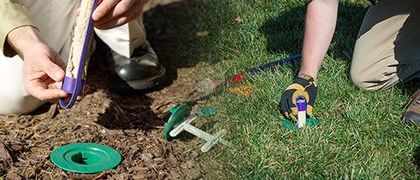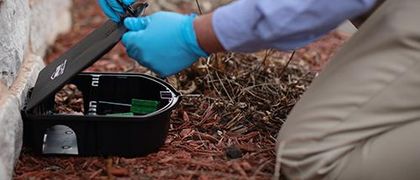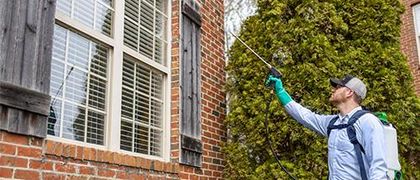Spiders in Missouri: Identification & Control
If you live in Missouri, you’ve probably come across a spider or two around your home, maybe in the basement, attic, or tucked in the corner of the garage. While most of these arachnids are harmless, some can be alarming to encounter, especially if you’re unsure whether they’re dangerous.
This guide walks you through the most common species of spiders found across Missouri, how to tell them apart, and what you can do to keep them out of your space.
Key Takeaways
- Missouri has many spiders, including brown recluse, black widow, jumping spiders, orb weavers, tarantulas, and cellar spiders.
- Spider types differ in appearance, behavior, and hiding spots like basements, garages, crawl spaces, and dark storage areas.
- Preventing spiders means sealing gaps, cleaning cluttered spaces, removing webs, and reducing insects that spiders feed on.
- Professional pest control helps remove spiders, egg sacs, and webs and gives year-round protection across Missouri homes.
How to Identify the Common Spiders in Missouri
Not all spiders in Missouri are the same. If you’re wondering what’s lurking in your home, here’s how to identify the ones you’re most likely to run into.
Brown Recluse Spider

One of the most concerning spiders in Missouri is the brown recluse.
You can recognize this spider by the violin-shaped marking on its cephalothorax (the fused head and thorax), which looks like its back. It typically measures between ¼ to ¾ inches and has uniformly light brown legs.
Unlike a web builder, it doesn’t spin webs to trap prey. Instead, it hunts at night and often hides in crawl spaces, attics, and storage boxes.
Brown recluse bites can cause serious reactions and may require medical attention. While rare, some cases, even one reported as far away as Michigan, have led to hospital visits when symptoms got worse.
Black Widow Spider
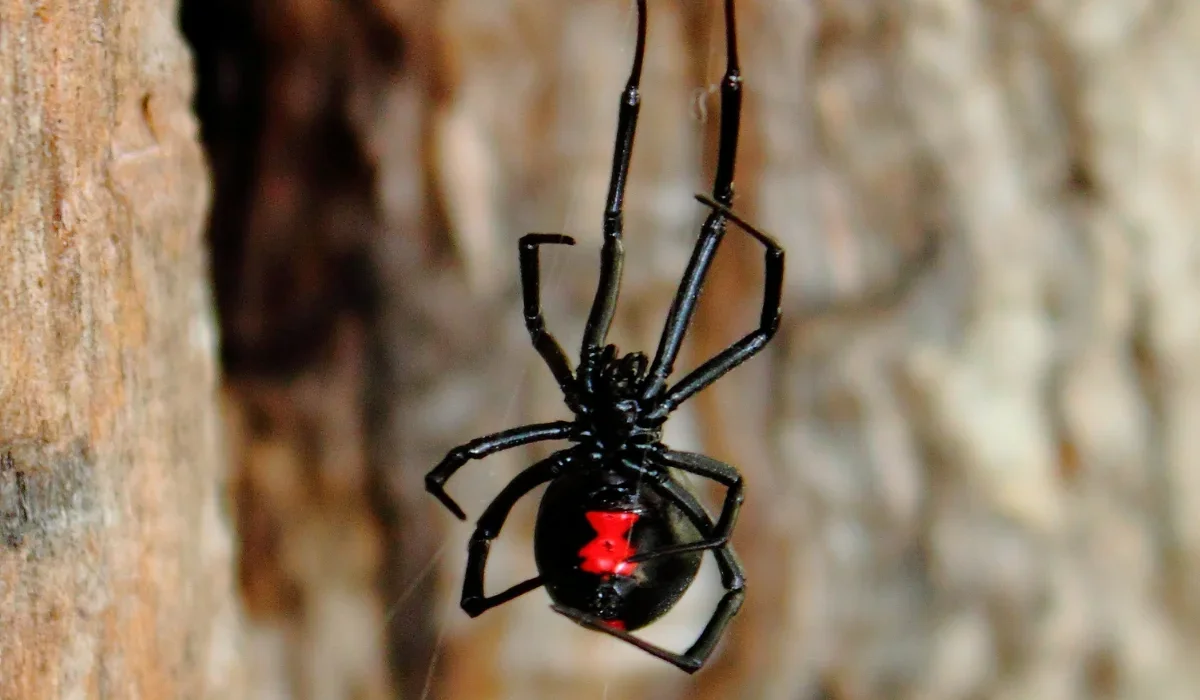
The black widow spider is easy to identify by its glossy black body and the red hourglass shape on the underside of the abdomen. While it is found across North America, this arachnid tends to appear in cluttered garages, woodpiles, or under eaves.
Its venom can cause serious pain, cramping, or other symptoms, and some bites may require medical attention, especially for children or older adults.
In a study of bite cases, people with other health issues have had stronger reactions, like fever or trouble breathing.
Wolf Spider
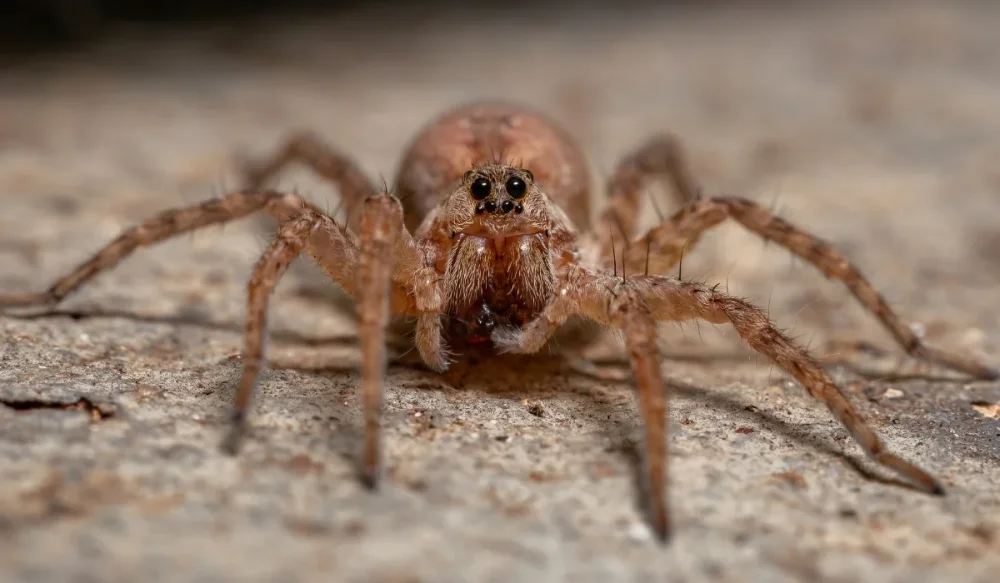
Wolf spiders are large, hairy hunters that roam at ground level. Unlike other types of spiders, they don’t create webs but rely on speed to chase prey.
Missouri’s grassy yards, mulch beds, and basements are ideal habitats for grass spiders, a close relative. Their bold coloration and prominent mouthparts can make them look intimidating, but they usually pose no threat.
Orb-Weaver Spider
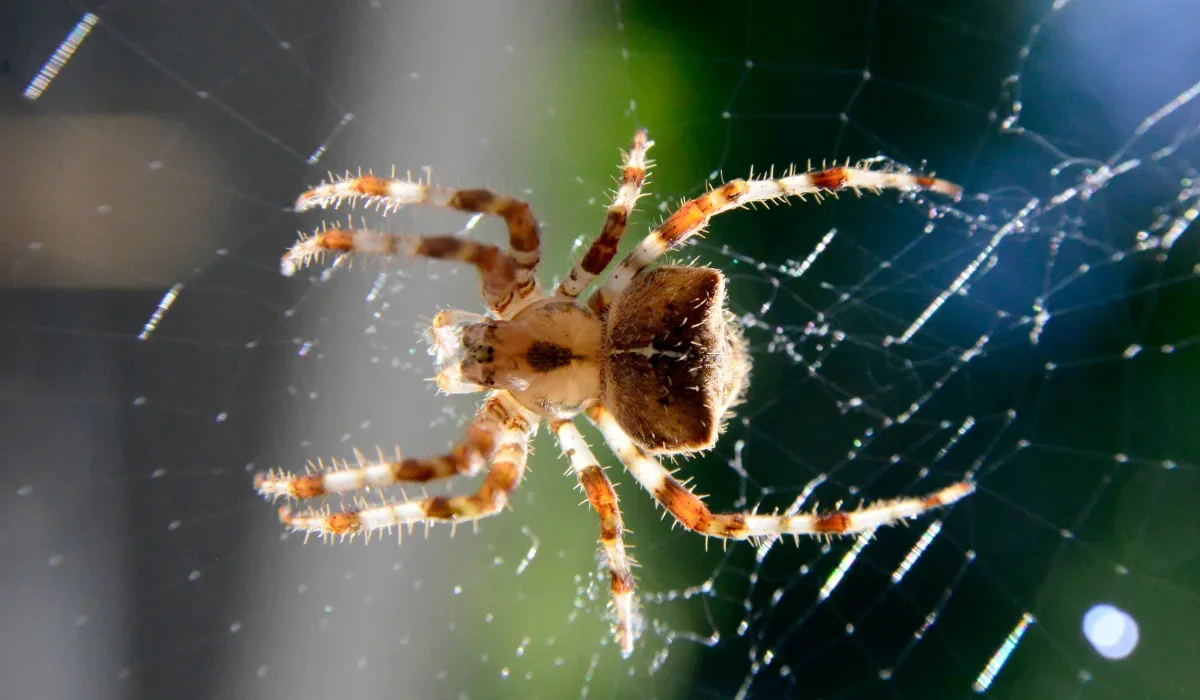
Orb-weaver spiders are known for their intricate round webs. The yellow garden spider, a common type in Missouri, features striking yellow and black patterns and builds large webs between shrubs, fence posts, and even porch railings.
Though their size may be startling, they are beneficial predators that help manage local insect populations.
Jumping Spider
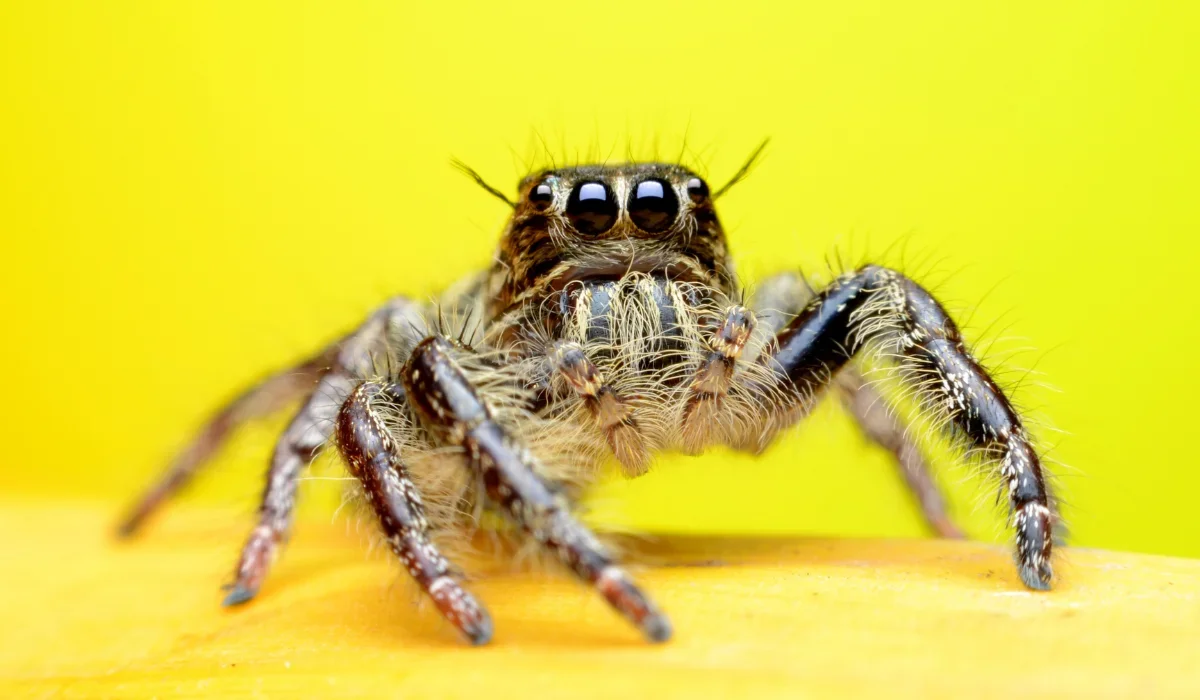
If you’ve seen a spider with fuzzy features and unusually large front eyes that seem to watch you, that’s likely a jumping spider. Missouri is home to several jumping spider species, and they’re known for their curious behavior and pouncing technique.
These spiders don’t spin webs for trapping prey. Instead, they use their agility and good eyesight to stalk and capture insects.
Cellar Spider
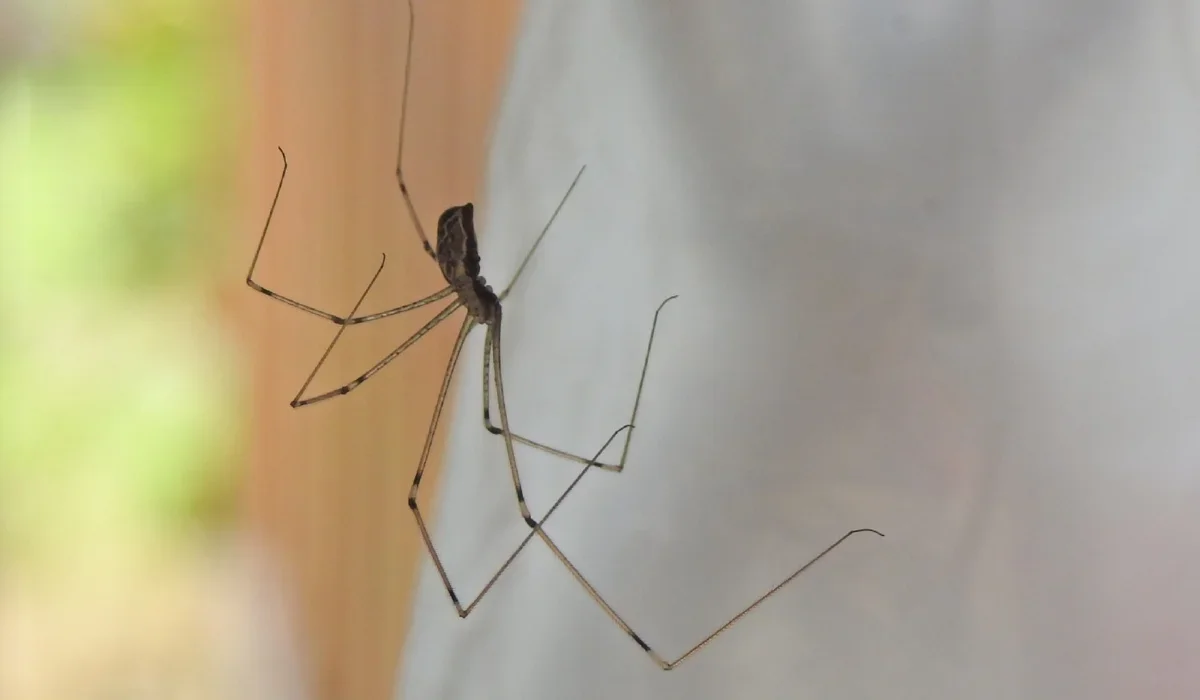
The cellar spider, commonly mistaken for a harvestman or daddy longlegs, has long, delicate legs and small, light-colored bodies. You’ll find its messy cobwebs in basements, corners of garages, and under furniture.
It’s harmless to humans and feeds on other pests, including smaller spiders.
Tarantula
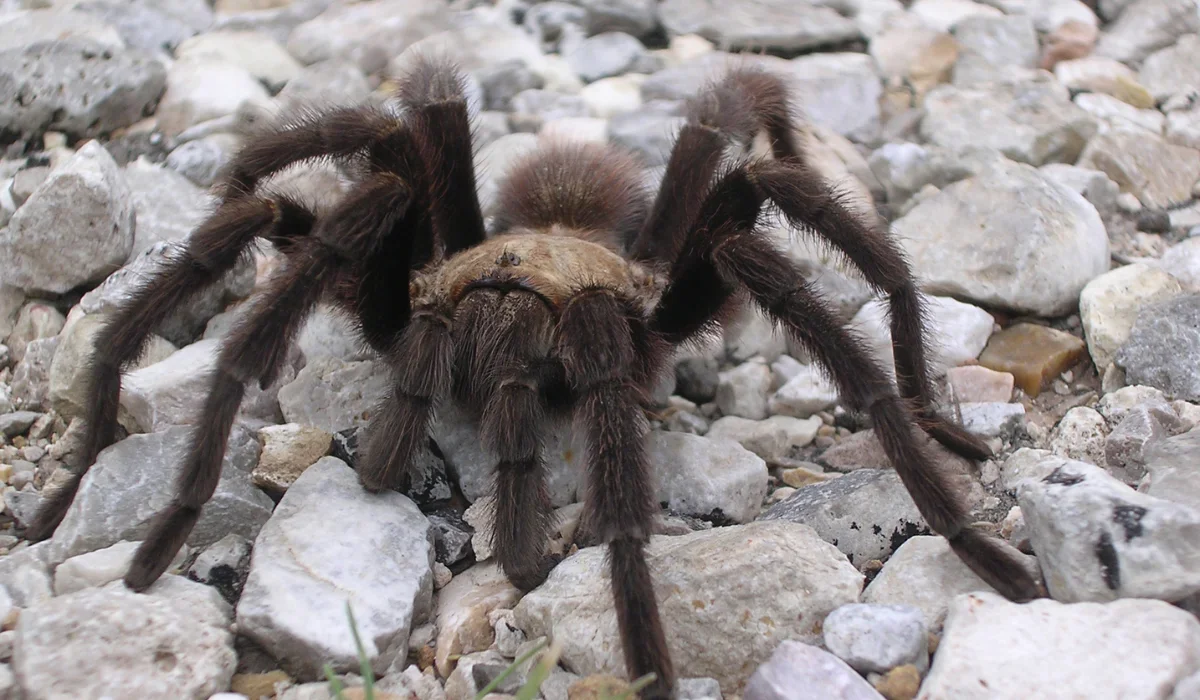
Tarantulas are not typical backyard dwellers in most parts of Missouri, but they can occasionally be spotted in the more southern or rural areas of the state. These large arachnids are slow-moving and non-aggressive.
Unlike their tropical cousins, Missouri tarantulas have duller coloration, but they’re still an impressive sight for anyone unfamiliar with these ground-dwelling types of spiders.
Crab Spider
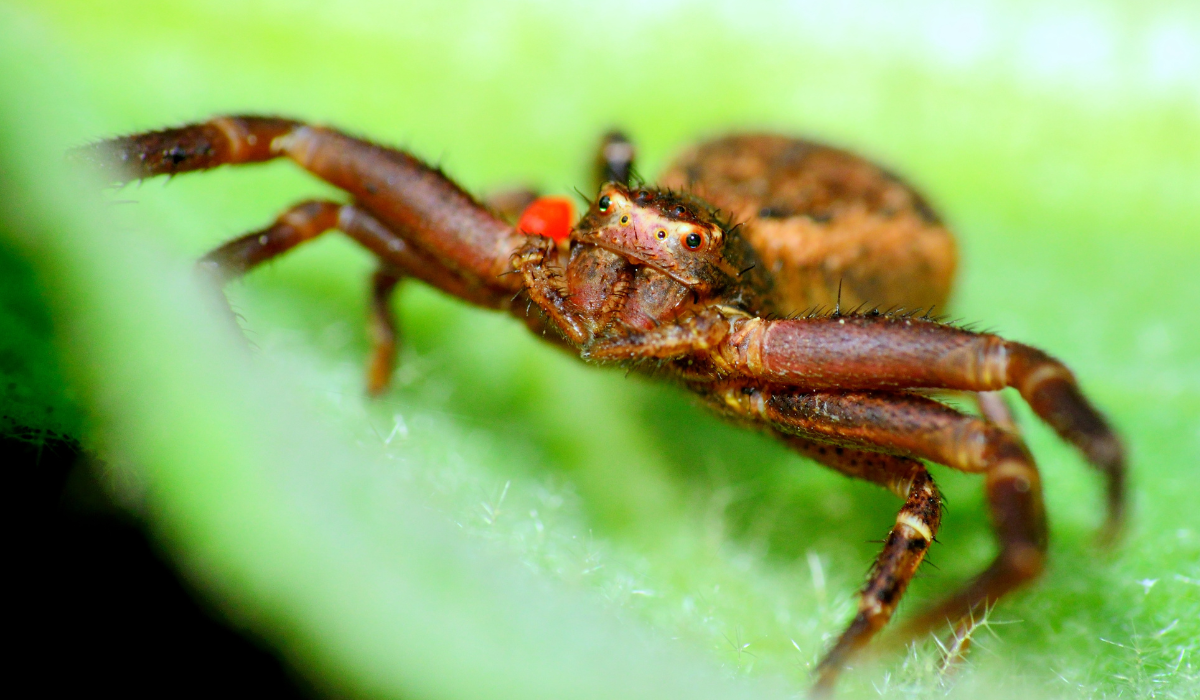
You might also come across crab spiders, which get their name from the way they hold their legs out to the side. These small ambush predators are often found on flowers, waiting for insects.
Fishing Spider

Another lesser-known local spider is the fishing spider, which is large, fast, and semi-aquatic, usually found near ponds or streams. It plays a part in keeping insect populations in check.
Common Missouri Spiders at a Glance
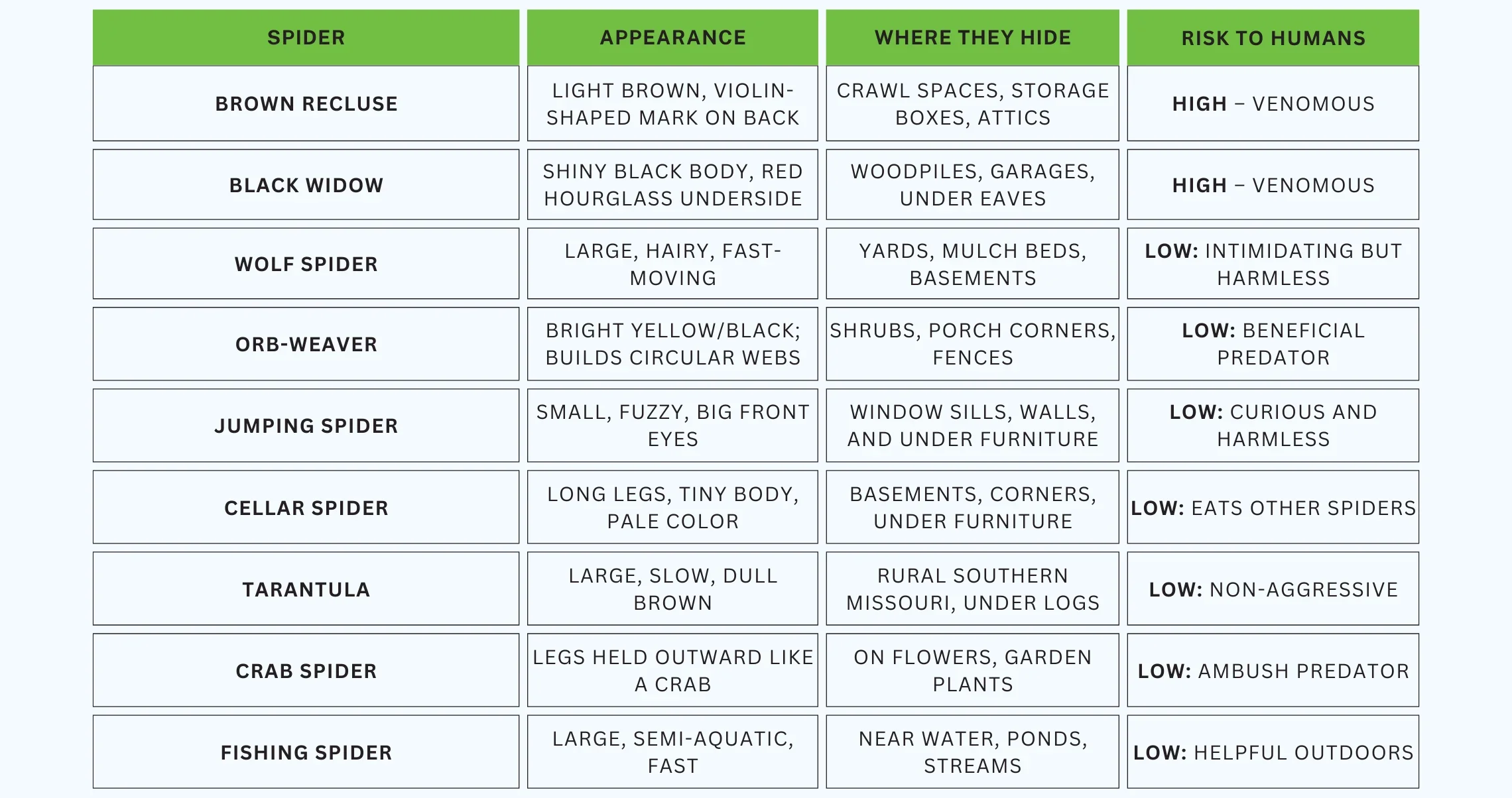
Spider Control Tips for Missouri Homes
Noticing more spiders than usual, or webs building up in the corners? It might be time to make a few changes.
Here’s what you can do to keep spiders out of your Missouri home:
Seal up Crevices and Entry Points
Spiders love tiny openings, and crevices around windows, siding, and utility lines are prime entry points. Sealing these areas keeps spiders—and the bugs they chase—outside.
This is especially important around older homes, common in St. Louis and rural towns across Missouri.
Declutter Crawl Spaces, Attics, and Garages
Cluttered garages, crawl spaces, and basements are spider havens. Spiders are drawn to the dark, quiet corners that rarely get disturbed. Swapping cardboard for plastic bins and vacuuming corners can help reduce these hiding spots.
Eliminate Food Sources (Insects)
Spiders show up where the food is.
If your home has an ongoing issue of ants, flies, or mites, spiders won’t be far behind. Regular pest control targeting insect infestations helps cut off their food supply.
Remove Webs and Egg Sacs
Look for egg sacs in ceiling corners, under furniture, and behind stored boxes.
Removing these sacs before they hatch into hundreds of spiderlings prevents an infestation before it starts. Regular web removal also helps discourage spiders from sticking around.
Address Specific Threats From Venomous Spiders
Spiders like the brown recluse spider and black widow spider deserve extra attention. Because these venomous spiders are often found in dark storage areas, it’s important to wear gloves when reaching into boxes or moving old items.
If you suspect a spider bite, especially with symptoms spreading from the site, seek medical attention.
How We Can Help With Missouri Spiders
Whether it’s a common house spider in the basement or a brown recluse spider hiding in your closet, our experts at Miller Pest & Termite know how to handle it.
Our team offers proven spider control across the Des Moines, Omaha, and St. Louis metro areas, and we know the unique challenges that Missouri spiders bring with the changing seasons.
With our MillerGuard plan, you’re covered for over 29 different pests—including web-building spiders, jumping spiders, and those harder-to-control venomous spiders.
We handle everything from inspection to follow-up, and yes, we’ll even take care of the egg sacs, crevices, and cobwebs in those hard-to-reach places up to 25 feet high.
Call today or book online to schedule your free inspection and take back your home from unwanted guests.
Get Help Now!


